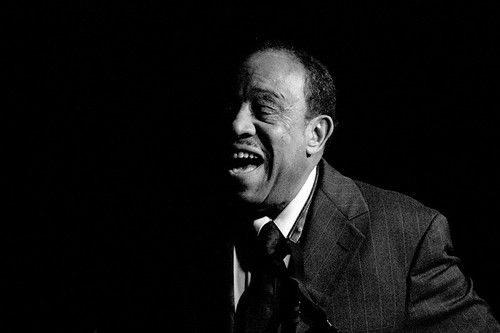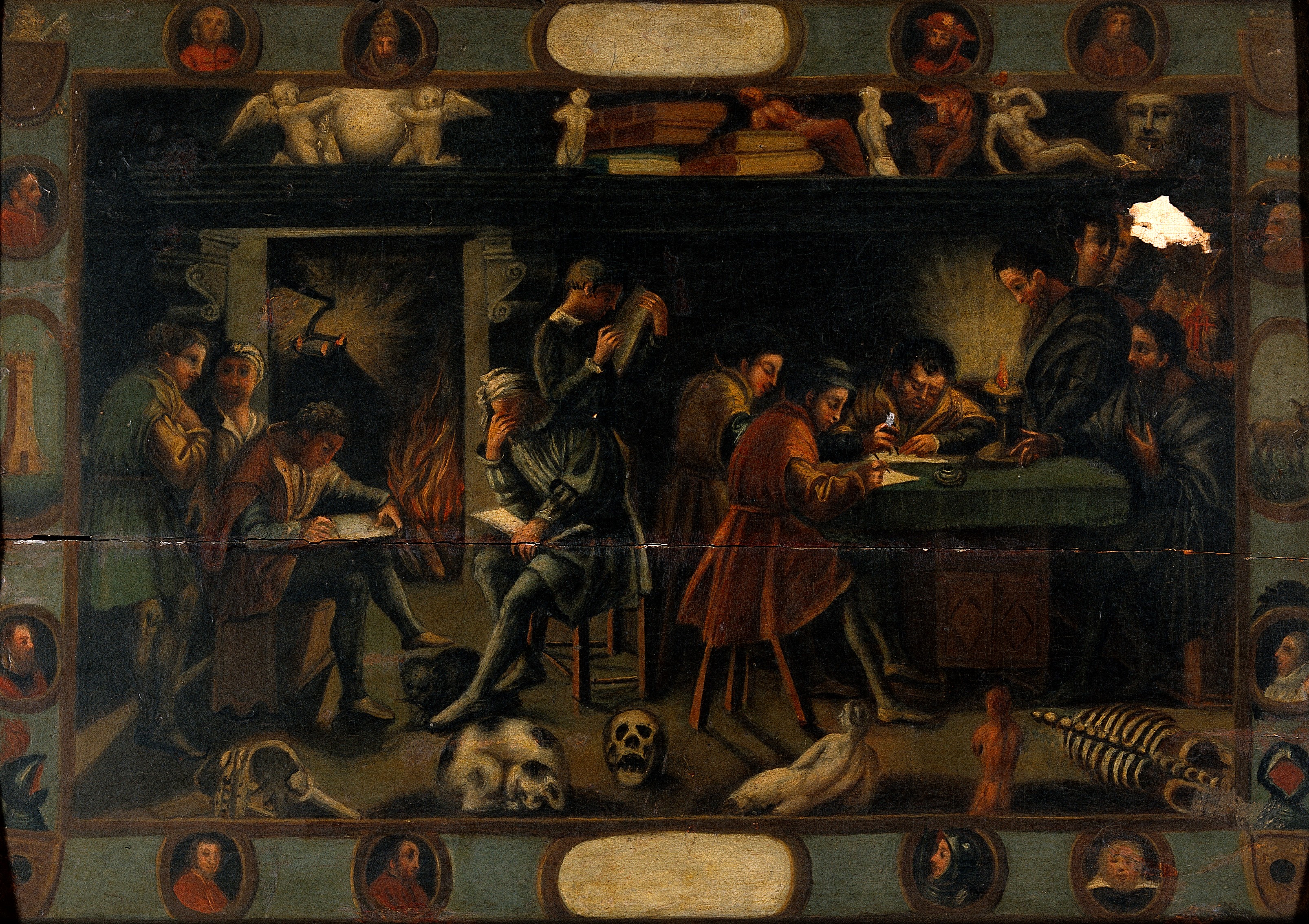
The Renaissance was a period of unprecedented intellectual growth across Europe, a beacon illuminating the path from the ‘Dark Ages’ to the modern era. It was a time when groundbreaking ideas and masterful works of art, like the ‘Mona Lisa,’ reshaped our understanding of the world, fostering a spirit of innovation and human potential. While the context of this transformative era is unique, the underlying principles of dedication, discipline, and the relentless pursuit of one’s craft are timeless. Throughout history, individuals who have left an indelible mark on the world often shared a common thread: meticulously crafted daily routines that optimized their creativity, focus, and output. Their commitment to these simple, often profound, rituals allowed them to navigate challenges, overcome distractions, and channel their formidable talents into enduring legacies.
Learning from the examples of history’s most successful people offers a fascinating glimpse into the ‘how’ behind their iconic achievements. These aren’t just grand narratives of genius, but rather the granular details of day-to-day living – the quiet moments of concentration, the deliberate choices made, and the personal systems developed to harness their prodigious energies. From the disciplined pursuit of knowledge to the art of managing distractions, their daily rituals provide a practical blueprint, a kind of ‘life hack’ from history itself, demonstrating that success is often forged in the crucible of consistent effort and intentional living. By examining these diverse approaches, we can uncover universal truths about productivity, creativity, and the unwavering resolve that defines true greatness.
We delve into the fascinating daily rituals of twelve prominent figures whose lives, though spanning different eras, offer profound lessons in focus, resilience, and the relentless drive to create. These aren’t just anecdotes; they are insights into the disciplined habits that allowed them to shape their fields and inspire generations. Join us as we explore the often surprising, sometimes demanding, yet always illuminating routines that propelled these individuals to their extraordinary heights, demonstrating how even the most celebrated minds relied on structure and intention to achieve their visions.

1. **Wolfgang Amadeus Mozart: Finding Time Amidst Life’s Frenzy**Wolfgang Amadeus Mozart, the prodigious composer, famously demonstrated that genius doesn’t wait for ideal circumstances; it *creates* them. His life was a whirlwind of activity, often marked by financial pressures and a frantic schedule that would daunt lesser spirits. When the luxury of a wealthy patron or a secure post with European nobility eluded him, Mozart didn’t succumb to despair. Instead, he simply hustled, turning every available moment into an opportunity to advance his craft and secure his livelihood.
His days were packed with an incredible volume of commitments. He gave a frantic number of piano lessons, a primary source of income. He attended and produced almost daily concert performances, constantly engaging with the musical world. Additionally, Mozart actively pursued new opportunities, visiting wealthy patrons throughout Vienna, tirelessly seeking to win their favor and secure commissions. These were not leisurely engagements; they were crucial to his survival and his artistic ambitions, consuming the vast majority of his waking hours.
Despite this exhausting external schedule, Mozart possessed an unshakeable inner drive to compose, the core of his artistic identity. He refused to let the demands of life, or even the natural human need for rest, stand in the way of his dreams. Arriving home around 11 each night, when most people would be preparing for sleep, he would immediately turn to his compositions. This meant crashing into bed at 1 a.m. but rising again promptly at 6 a.m., sacrificing precious sleep for the sake of his art. It was in these stolen hours, fueled by an extraordinary passion, that some of his most profound works took shape.
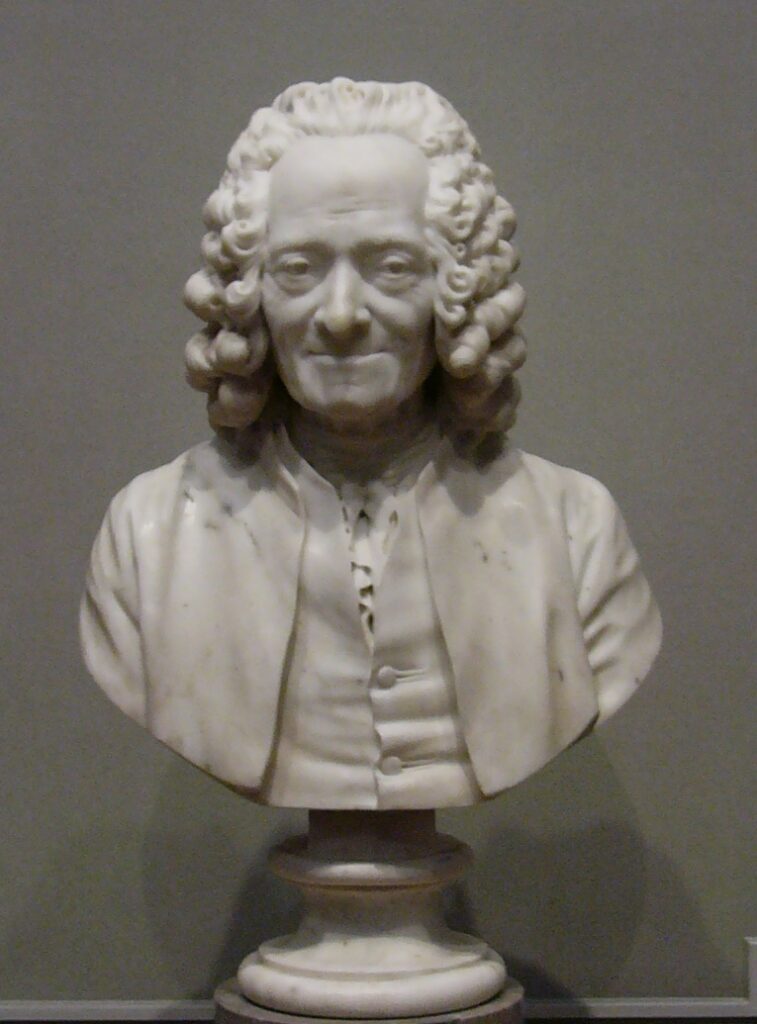
2. **Voltaire: The Sanctuary of the ‘Cell’ for Concentrated Thought**For the Enlightenment-era French writer and philosopher, Voltaire, the secret to sustained intellectual output lay not in a grand study, but in the surprising solitude of his bed. This was his dedicated ‘cell,’ a personal sanctuary where he could retreat from the world and immerse himself completely in his thoughts and writing. It wasn’t a matter of laziness, but a deliberate choice to cultivate a specific frame of mind conducive to deep concentration and uninterrupted creativity.
Every morning and evening, Voltaire would ensconce himself in bed, transforming it into his intellectual headquarters. From this unique vantage point, he would read extensively, absorbing new information and ideas, and dictate new work. This routine allowed him to focus intently on his literary and philosophical endeavors, free from the myriad interruptions that often plague a busy mind. It was a conscious decision to wall off a specific time and space for his most demanding mental tasks, ensuring that his creative flow remained unimpeded.
Later in the day, Voltaire would engage with the world, dressing and being social, often enjoying rides on horseback across his grounds and sharing meals with his family and guests. These social engagements were part of his balanced life, allowing for connection and leisure. However, as evening descended, he would invariably return to his chosen workspace, sealing himself back into his ‘cell.’ This consistent return to his solitary ritual underscored the profound importance he placed on dedicated, undisturbed work, often spending 18 to 20 concentrated hours a day in the place that worked best for him, tirelessly pursuing his intellectual passions.

3. **Benjamin Franklin: The Adaptive Discipline of a Lifelong Learner**Benjamin Franklin, often revered as a paragon of American ingenuity and the father of electricity, was a man who enjoyed dispensing wisdom throughout his life. Yet, whether he consistently followed his own meticulous advice was a question few could definitively answer. In his older years, in a quest for self-improvement and what he termed ‘moral perfection,’ Franklin famously drafted a rigorous 13-week plan. This ambitious schedule devoted each week to a different virtue, from cleanliness to moderation, with the hope of instilling each as a deeply ingrained habit.
Initially, Franklin adhered strictly to his self-imposed regimen, diligently following its course several times in a row. However, his keen observational mind soon recognized a crucial insight: the law of diminishing returns. He realized that rigid, unyielding adherence to a minute-by-minute schedule, especially when focused solely on virtue, could stifle the very creativity and flexibility he valued. This realization was a testament to his intellectual honesty and his willingness to learn, even from his own carefully laid plans.
More importantly, Franklin possessed the rare strength of character to set aside his ego and adapt. He revised his well-intentioned but overly rigid plans, devising a new, more fluid schedule that drew upon his experiences with strict adherence to virtue. This new ideal schedule dropped the confining minute-by-minute directives, instead allowing ample room for creativity to arise organically. Till his dying days, he would continue to tinker with his ideal schedule, a perpetual work in progress. But crucially, he always allowed for creativity to inspire his efforts going forward, understanding that true discipline often means adapting to foster innovation.
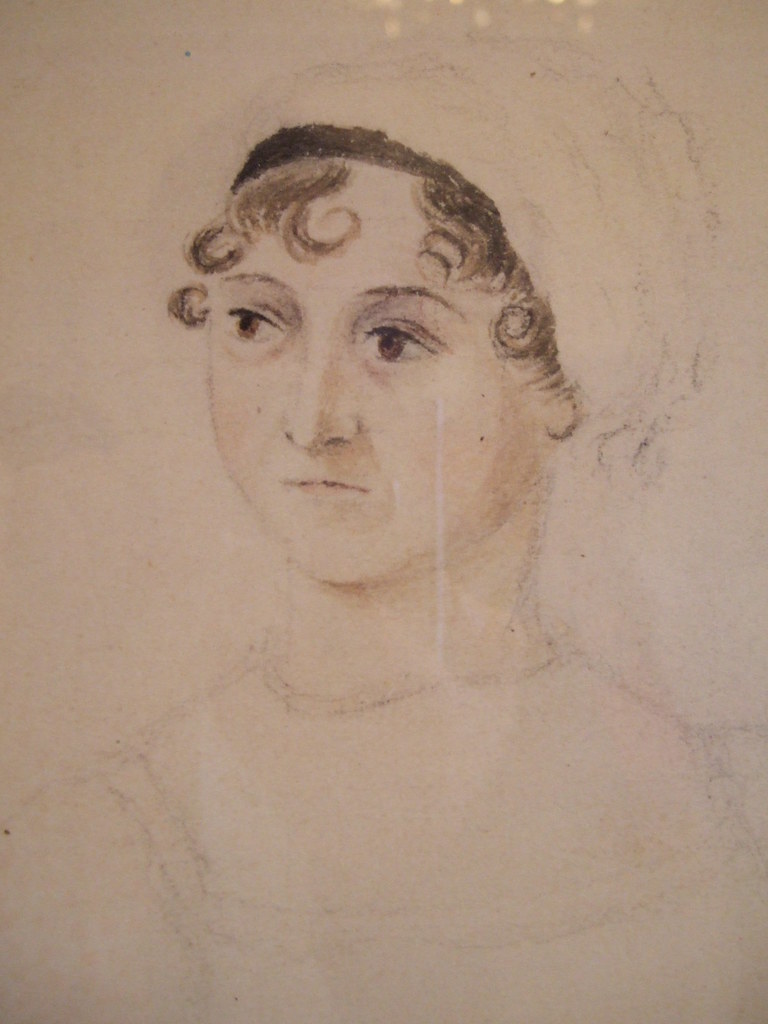
4. **Jane Austen: Crafting Worlds Amidst Domestic Distraction**Jane Austen, one of English literature’s most beloved novelists, never married and spent her entire life in bustling family households. Far from being a quiet, solitary existence, her environment was often a whirlwind of domestic activity, with constant distractions and little in the way of private space. Yet, she never allowed these pervasive interruptions to deter her from her calling. Her daily ritual was a testament to ingenious adaptation, a quiet rebellion against the clamor of her surroundings, designed to carve out precious moments for her literary pursuits.
Austen’s days began early, before anyone else in the household was awake. Rising before others, she would take on the responsibility of organizing the family breakfast each morning. This seemingly mundane chore was, in fact, a calculated contribution, one she cleverly designed herself. It served a dual purpose: it was her sole, yet necessary, contribution to the household, offering a clear domestic role. More subtly, it was a means to feign acquiescence from her sister and other family members, thereby buying herself invaluable time to think and write in the sitting room before the day’s full activities commenced. This was her primary window of opportunity, a brief period of relative quiet.
It would be the only time she could truly write away from the direct gaze of prying eyes, although distractions remained common even then. Her intense fear of reproach and her desire to keep her authorship private meant she often resorted to scribbling on small bits of paper when others weren’t looking. This ingenious method allowed her to capture fleeting thoughts and plot points without openly revealing her literary endeavors. Her dedicated writing period would continue until visitors arrived, or dinner was served at 3 p.m., at which point the rest of her evening would be consumed by family life, often reading aloud from novels. Jane would patiently wait until the next day to continue her extraordinary work, a quiet testament to her perseverance.
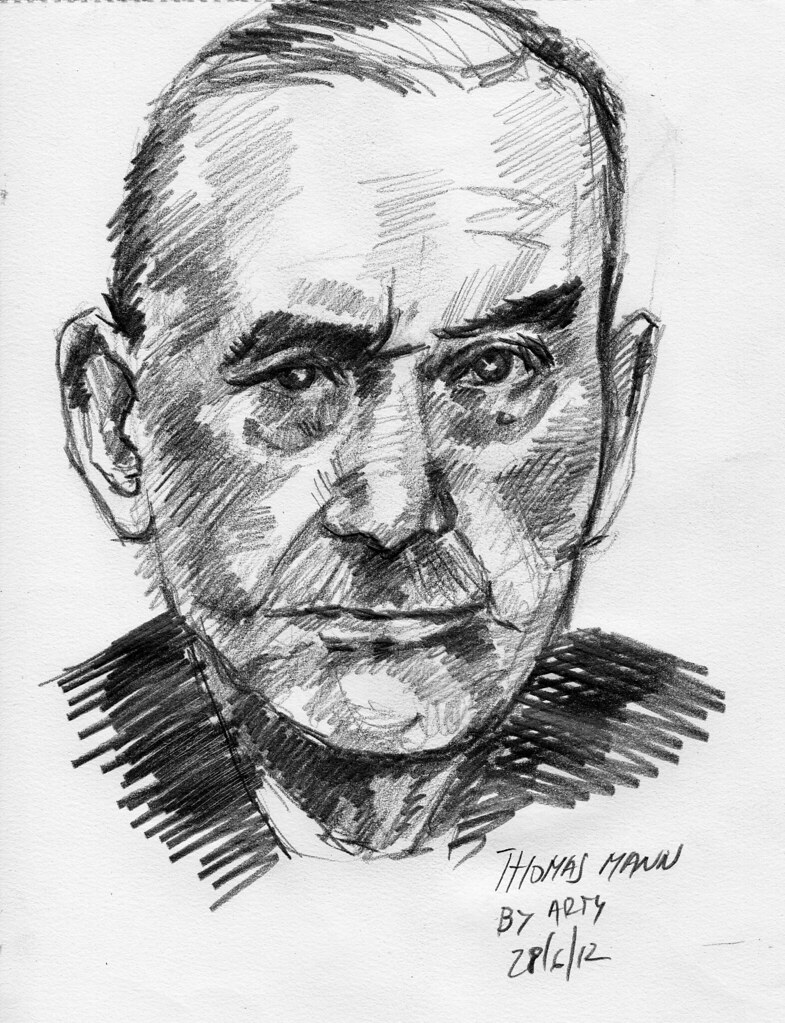
5. **Thomas Mann: The Strategic Exploitation of Peak Productivity**Thomas Mann, the Nobel Prize-winning German novelist, understood a fundamental truth about creative work: not all hours are created equal. He meticulously identified his most productive hours of the day, a precious window from 9 a.m. to noon, and then designed his entire daily rhythm around safeguarding and maximizing this period. This wasn’t about simply working; it was about strategically concentrating his most demanding mental efforts into his peak cognitive time, ensuring optimal output and artistic depth.
His morning routine was a carefully orchestrated prelude to this crucial creative block. After waking at 8 a.m., Mann would bathe, dress, and share a cup of coffee with his wife. This initial hour was designed to be free of distraction or decision-making, a period of calm and preparation that effectively primed his mind for the day’s intense work. By minimizing external demands and mental clutter, he ensured that when it was time to write, his focus would be absolute and unimpeded, a clean slate ready for creative immersion.
Once prepared, Mann would shut himself away for those three sacred hours, strictly forbidding any form of distraction. During this time, he worked feverishly, placing tremendous pressure on himself to get his thoughts, narratives, and characters onto paper. This wasn’t a casual endeavor; it was an intense, concentrated sprint of creativity. Critically, anything that didn’t get accomplished by noon would simply have to wait until the next day. This strict boundary allowed him to feel his work day was complete once those three hours were over, freeing his mind and time to wander and relax for the remainder of the day, a testament to the power of intense, focused bursts of effort followed by genuine recuperation.

6. **Karl Marx: The Unyielding Pursuit of a World-Changing Vision**Karl Marx, the influential philosopher and revolutionary, epitomized the unwavering dedication to a singular, monumental goal, even in the face of profound personal suffering and adversity. Living as a political exile in London, Marx dedicated his entire life to the revolutionary struggle, with his magnum opus, ‘Das Kapital,’ serving as the intellectual cornerstone of his vision. Although he aimed to complete three volumes of this towering work, he ultimately only managed to finish one. Yet, the sheer drive and immense sacrifice involved in completing even that single volume proved an exemplary testament to his commitment.
Marx’s daily routine was characterized by an almost superhuman intensity, particularly within the hallowed halls of the British Museum reading room. From 9 a.m. to 7 p.m. daily, he worked at a fever pitch, meticulously researching, writing, and refining his arguments. This was not merely intellectual labor; it was a grueling physical and mental ordeal, undertaken amidst severe health challenges. He suffered through frequent attacks due to liver disease, painful boils, and debilitating eye inflammation, conditions that would have deterred most individuals from such arduous, prolonged effort.
His dedication extended beyond physical endurance; it encompassed profound personal sacrifice. Marx famously sacrificed his entire fortune and, effectively, his life to the completion of his work, often living in poverty while pouring all his energy into his intellectual pursuits. He was driven by a powerful desire to complete something that he believed would fundamentally change the world, a radical reordering of society. This meant spending two decades of suffering and relentless effort, often in obscurity and hardship, all for the sake of realizing his vision, demonstrating an almost unparalleled commitment to his life’s purpose.” , “_words_section1”: “1947
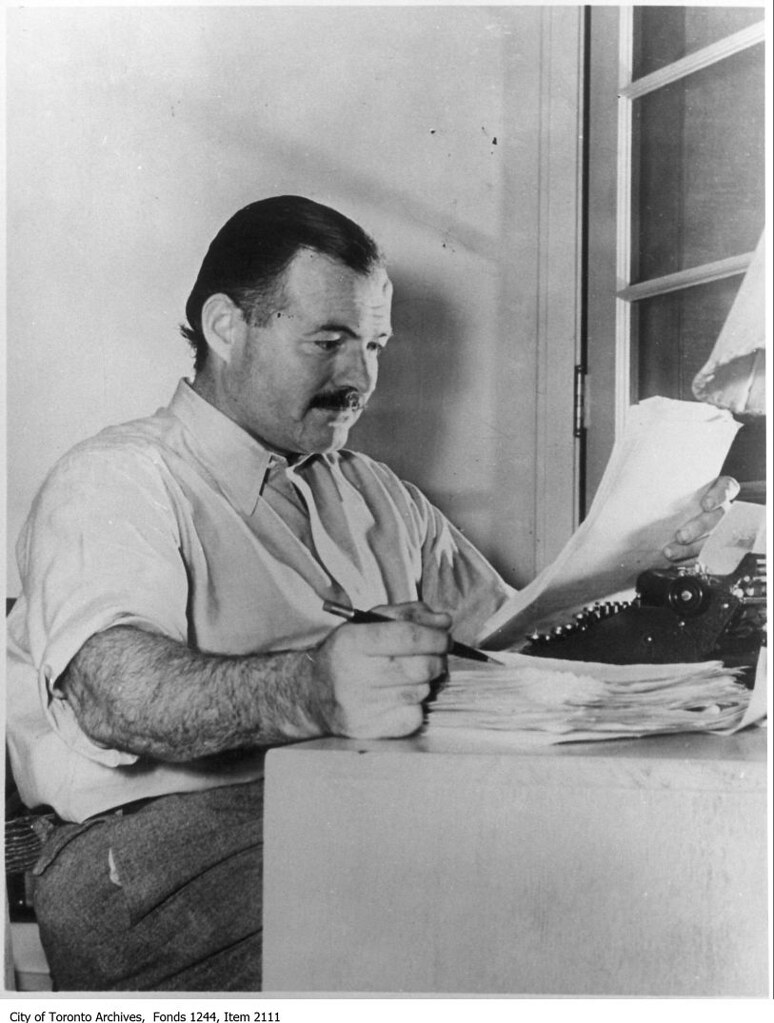
7. **Ernest Hemingway: The Rigorous Accountant of Words**Ernest Hemingway, the literary giant renowned for his terse prose and adventurous spirit, might seem like a man of pure, untamed passion. Yet, beneath the veneer of the bullfighter and big-game hunter lay a surprising, almost rigid discipline in his daily work ritual. He understood that true artistic output demanded relentless consistency and an almost obsessive tracking of progress, far beyond mere inspiration.
Every day, Hemingway would rise at first light, a habit he maintained diligently regardless of the previous night’s revelry. These quiet, predawn hours were his sacred time for creation, spent drafting his stories in longhand. He’d only move to the typewriter once the words were truly flowing well, ensuring the physical act of writing didn’t interrupt the initial creative surge.
A fascinating aspect of his routine was his meticulous review of his daily word count. He harbored no illusions about his output, demanding exact numbers and refusing to “kid himself” about the volume of his creative labor. This precise tracking wasn’t about ego; it was about holding himself accountable, applying a hard-nosed, practical business approach to the art of storytelling.
Once satisfied with his numbers, Hemingway would declare himself “free from the awful responsibility of writing” and knock off for the day. This clear demarcation allowed his mind to genuinely recuperate from intense concentration. It’s a brilliant lesson: intense, focused bursts followed by a complete mental break can lead to both prodigious output and a remarkably balanced mind.
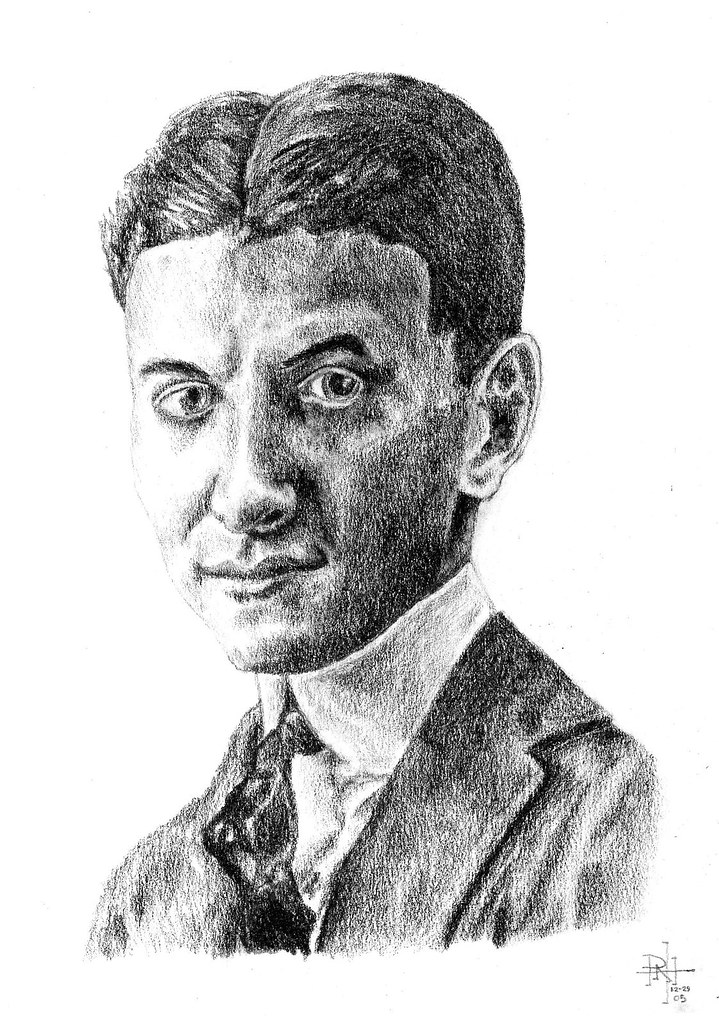
8. **F. Scott Fitzgerald: The Double-Edged Sword of Deadlines**F. Scott Fitzgerald, a name synonymous with the Jazz Age and glittering prose, presents us with a fascinating, almost cautionary tale about the power – and peril – of time constraints. His work regimen was, in essence, a story of two different personalities: one brilliantly productive under pressure, the other floundering without it. It’s a stark reminder that the very limitations we dread can, paradoxically, fuel our greatest achievements.
Consider his astounding debut. As a 21-year-old Princeton dropout, Fitzgerald drafted the 120,000-word novel *This Side of Paradise* in a mere three months. The secret? He had enlisted in the Army and, as a private with precious little time, was forced to squeeze writing into every stolen moment. Initially, he scribbled notes on a pad hidden in an army textbook, a testament to his burning ambition.
Once discovered, his “schedule” shifted to writing from 1 p.m. to midnight on Saturdays and a grueling 6 a.m. to 6 p.m. on Sundays. These rigid constraints, born out of necessity, sharpened his mind, forcing him into intense, highly focused bursts of creativity. The ticking clock wasn’t a hindrance; it was a powerful catalyst for his artistic flow.
Tragically, without these external pressures later in life, Fitzgerald often found himself adrift. He notoriously blew past deadlines and promises, his once-exemplary work ethic crumbling. He turned to the bottle for inspiration and, ironically, procrastinated simply to *create* artificial pressure, desperately trying to replicate the intense focus that had once propelled him to greatness.
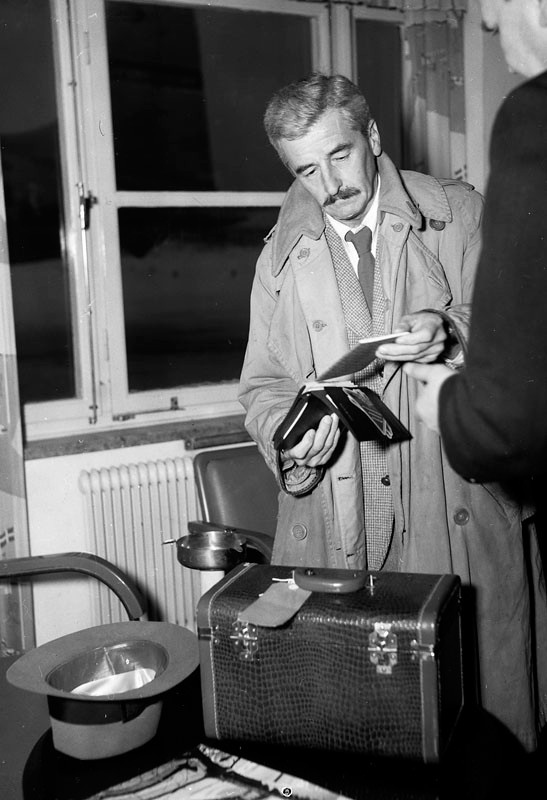
9. **William Faulkner: The Universal Studio of Genius**If you believe you need the perfect writing nook or a specific time of day to do your best work, William Faulkner is here to tell you to throw that rulebook out the window. This Nobel Prize-winning author, known for his sprawling, complex narratives, proved that genius doesn’t demand an ideal environment; it simply demands to be expressed, wherever and whenever the opportunity robustly arises.
Faulkner was a master of adaptation, churning out masterpieces under the most unconventional circumstances. He’s famously known for writing late at night while working as a night shift manager for a university power plant. Other times, he’d tackle his novels in the mornings before noon, dedicating the rest of his day to renovating his dilapidated family estate.
He even took his portable “studio” on the road, sometimes scribbling in the town library. In a quirk that perfectly encapsulates his dedication, he once reportedly took the doorknob home with him to “lock” the door, ensuring his solitude and preventing interruptions. This wasn’t about finding the perfect quiet corner; it was about *creating* quiet and focus, even if temporarily.
The rest of his days often involved working or relaxing with a glass of whiskey on the porch. He simply had “no use for discriminating where he wrote, or when.” For Faulkner, life was far too chaotic and unpredictable to be picky. His true “daily ritual” was an unwavering commitment to his craft, irrespective of noise, responsibilities, or location.
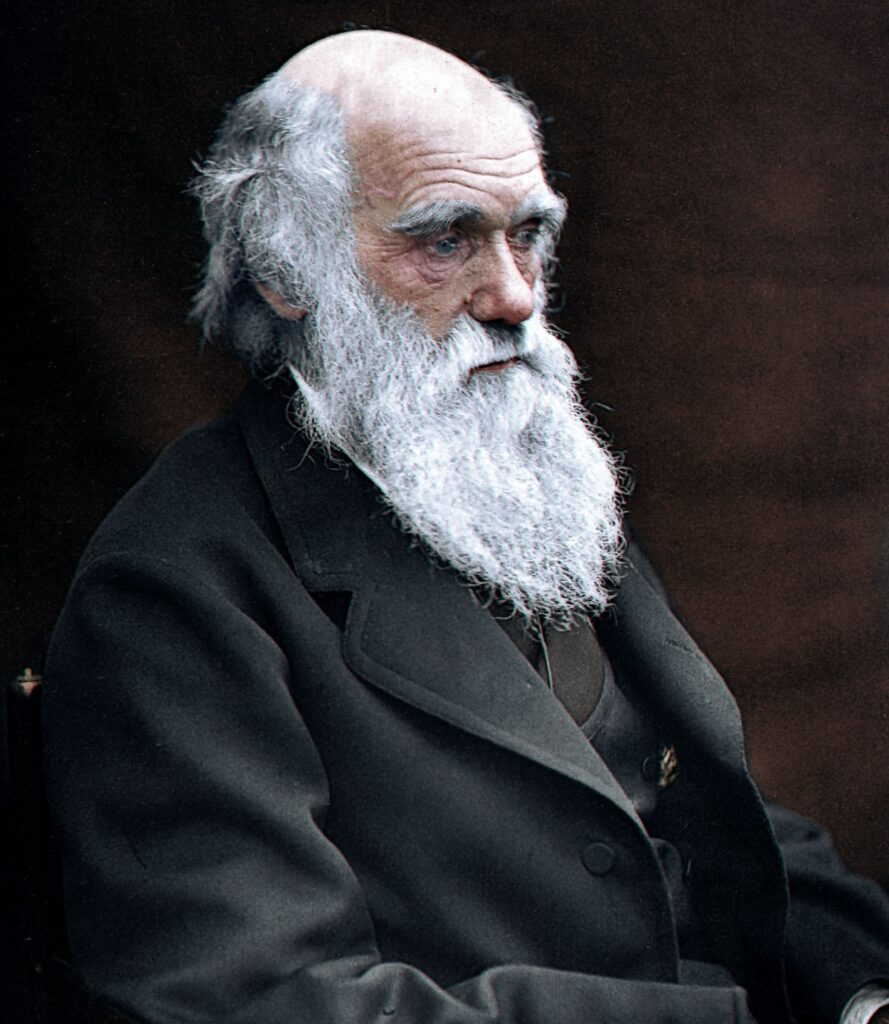
10. **Charles Darwin: The Long Game of Unassailable Truth**Charles Darwin, the scientific titan whose theory of evolution forever changed our understanding of life, offers a masterclass in strategic patience and meticulous groundwork. Far from a sudden flash of insight, his daily ritual was a prolonged, deliberate process designed not just to discover truth, but to fortify it against inevitable opposition. It’s a powerful lesson in guarding groundbreaking ideas by first fortifying your own credentials.
Darwin had every reason to be apprehensive. His radical theory on evolution was destined to “shake the arrogant Victorian society to its core” and risked profound personal and social disgrace. To counter this, he adopted an ingenious course of action: he played the long game, strategically.
Instead of rushing to publish, he bided his time for a remarkable 17 years, systematically bolstering his credentials within the scientific community. During this period, Darwin wasn’t idle; he tirelessly worked on “secondary goals,” making himself a renowned expert on barnacles. This earned him a prestigious Royal Medal, solidifying his reputation as a scientist whose work could not be easily refuted.
He only confided his revolutionary theory to a “sacred few,” keeping his most dangerous ideas under wraps. The result was a man whose scientific authority was unassailable. When he finally unleashed his seminal work, *On the Origin of Species*, it came from a position of unshakeable credibility, demonstrating that the most revolutionary acts often require the most disciplined, almost covert, preparation.

11. **James Joyce: The Unconventional Architect of Masterpieces**James Joyce, the brilliant and often baffling author of *Ulysses*, provides a fascinating, if entirely unconventional, counterpoint to structured routines. History, by many accounts, “should have forgotten Joyce” – an avid drinker, procrastinator, and legendary partier. Yet, he etched his name into literary history through sheer, unwavering commitment to his magnum opus.
Financially, Joyce was often a mess, with “debt collectors lined up at his door daily.” To scrape by, he worked sparingly, often giving random piano and English lessons during the day. His nights, however, were frequently spent at bars with friends, leaving his family in the dark about his return or their next meal. This chaotic lifestyle hardly paints a picture of a focused literary genius.
But for all his vices and financial woes, Joyce harbored an unshakeable belief that his masterpiece, *Ulysses*, was truly worth it. In a remarkable twist, he “used the nightly bouts with friends to clear his mind for the next day’s writing.” It was an unconventional form of mental preparation, a way to process and refresh before diving back into his novel’s complexities.
And plod away he did. Despite distractions, debts, and drinking, Joyce dedicated himself to the monumental task, spending an estimated “20,000 hours writing the book after seven years of work.” His ultimate “ritual” wasn’t about conventional structure, but about an almost elemental drive to *finish*, to realize his intricate artistic vision no matter the cost.

12. **Pablo Picasso: The Late-Start Maestro of Intense Focus**Pablo Picasso, the revolutionary artist whose name is synonymous with modern art, might conjure images of spontaneous, frenzied bursts of creativity. Yet, his daily ritual, though starting late, was characterized by an almost fierce dedication to “staying in the zone” – a single-minded intensity that allowed him to produce an astounding volume of groundbreaking work. For Picasso, once the creative engine was revving, nothing else in the world truly mattered.
Unlike many early risers we’ve discussed, Picasso often embraced a later start to his artistic day. He would typically shut himself away in his studio around 2 p.m. This timing suggests a morning spent in reflection, observation, or simply allowing his creative energy to simmer before the intense period of production. But once he crossed that studio threshold, the transformation was absolute.
From that 2 p.m. start, he would often work tirelessly and without interruption, sometimes continuing his concentrated efforts “till at least dusk.” This wasn’t a leisurely pursuit; it was an intense, immersive period where his focus was absolute and unshakeable. The implication is clear: once Picasso entered his creative space, the external world, including social engagements, faded into the background.
His dedication to remaining undisturbed in this profound creative trance was paramount. Picasso understood that true artistic immersion, the kind that yields masterpieces, required sustained, unbroken attention. His “ritual” was about cultivating and fiercely protecting the mental space necessary for that profound connection to his art. He proved that it’s not necessarily the *timing* of your work, but the *intensity* and *duration* of your focus, that truly fuels monumental achievement.
So, there you have it: a dozen fascinating glimpses into the daily blueprints of some of history’s most impactful minds. From Mozart’s tireless midnight compositions to Picasso’s dusk-till-dark studio sessions, and from Franklin’s adaptive schedules to Hemingway’s meticulous word counts, these historical luminaries offer a veritable treasure trove of insights. Their routines, whether fiercely rigid or remarkably fluid, weren’t just quirky habits; they were the invisible scaffolding upon which their extraordinary, world-changing achievements were meticulously built. They remind us, in the most compelling way, that while raw genius is often innate, its full, spectacular expression is almost always cultivated through consistent, intentional effort and a deep understanding of one’s own creative flow. So, as you ponder your next big project, what “life hacks” from these historical titans will you cleverly adopt to fuel your own masterpieces? The past, it seems, still has plenty of clever tricks up its sleeve!


